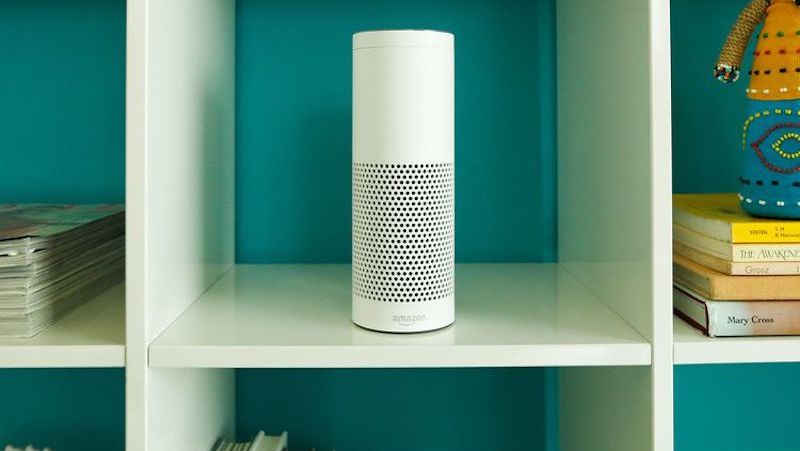
Researchers at MIT have developed a low-power special-purpose chip that is claimed to reduce the power consumption of electronic devices and help them save battery life as a result. The chip, which is specialised for automatic speech recognition, has been claimed to require between 0.2 and 10 milliwatts compared with 1 watt requirement by a standard smartphone running speech-recognition software.
This remarkable difference in power requirement effectively means that the new chip can result in power savings between 90 percent to 99 percent, the researchers claim. The drastic reduction in power consumption means that speech recognition can be introduced in more number of devices going forward, especially in those cases where power constraints were preventing the application of the technology.
As more and more devices are now getting support for speech recognition (recently introduced Android Wear 2.0 watches with Google Assistant being a good example), this new dedicated chip can prove to be a real game-changer. Further, as the size of the devices keeps getting smaller, and more and more power components are utilised, the battery life issues resolved by this chip might open new gates for the hardware developers.
“Speech input will become a natural interface for many wearable applications and intelligent devices,” Anantha Chandrakasan, head of the group that developed the new chip, was quoted as saying in the report. “The miniaturisation of these devices will require a different interface than touch or keyboard. It will be critical to embed the speech functionality locally to save system energy consumption compared to performing this operation in the cloud,” she said.
If you are wondering how the chip manages to save the power, it is all possible due to efficient implementation of speech-recognition networks. The chip additionally includes a “voice activity detection” circuit that separates the ambient noise to determine whether it might be speech or not. Only when this circuit confirms that it is a speech, a larger and more complex voice-recognition circuit is given the green signal to get into action.
Considering that adoption rate of IoT (Internet of Things) devices has picked up pace in recent times and devices like Amazon Alexa and Google Home have seen good amount of success, this new chip might end up setting a new milestone in the industry.
[“source-ndtv”]
